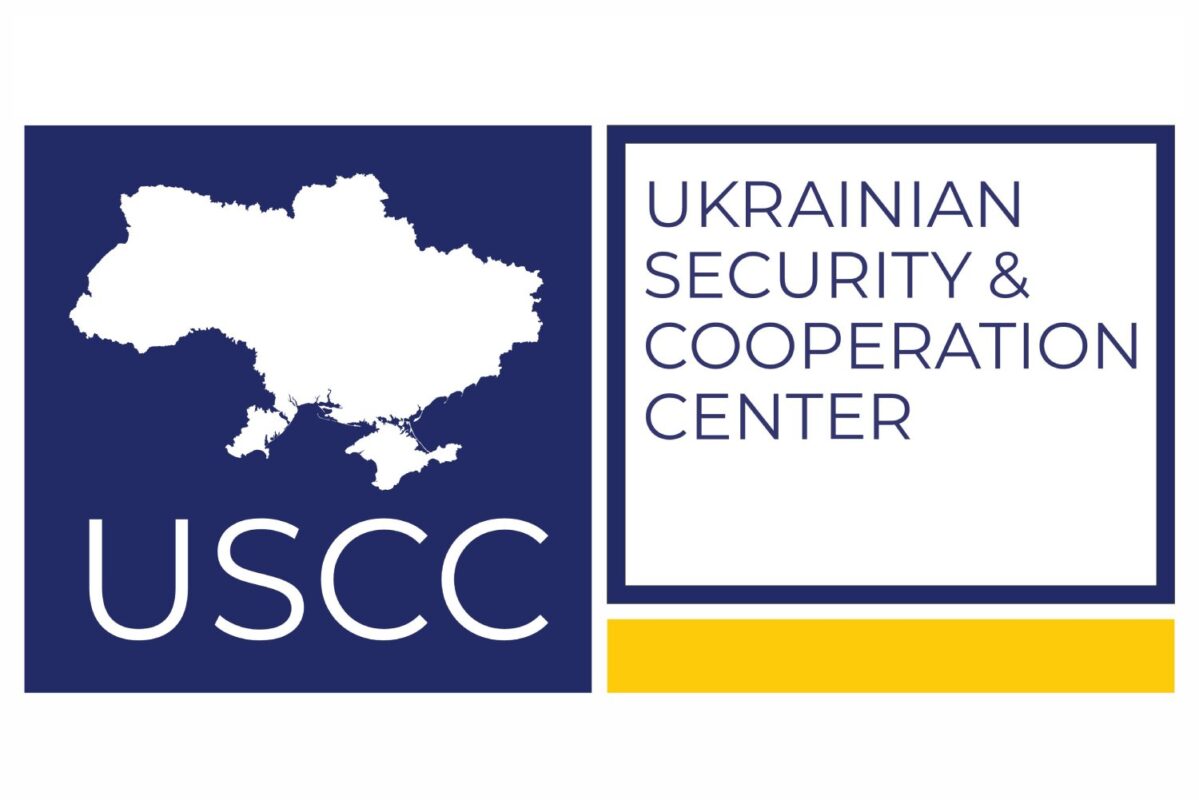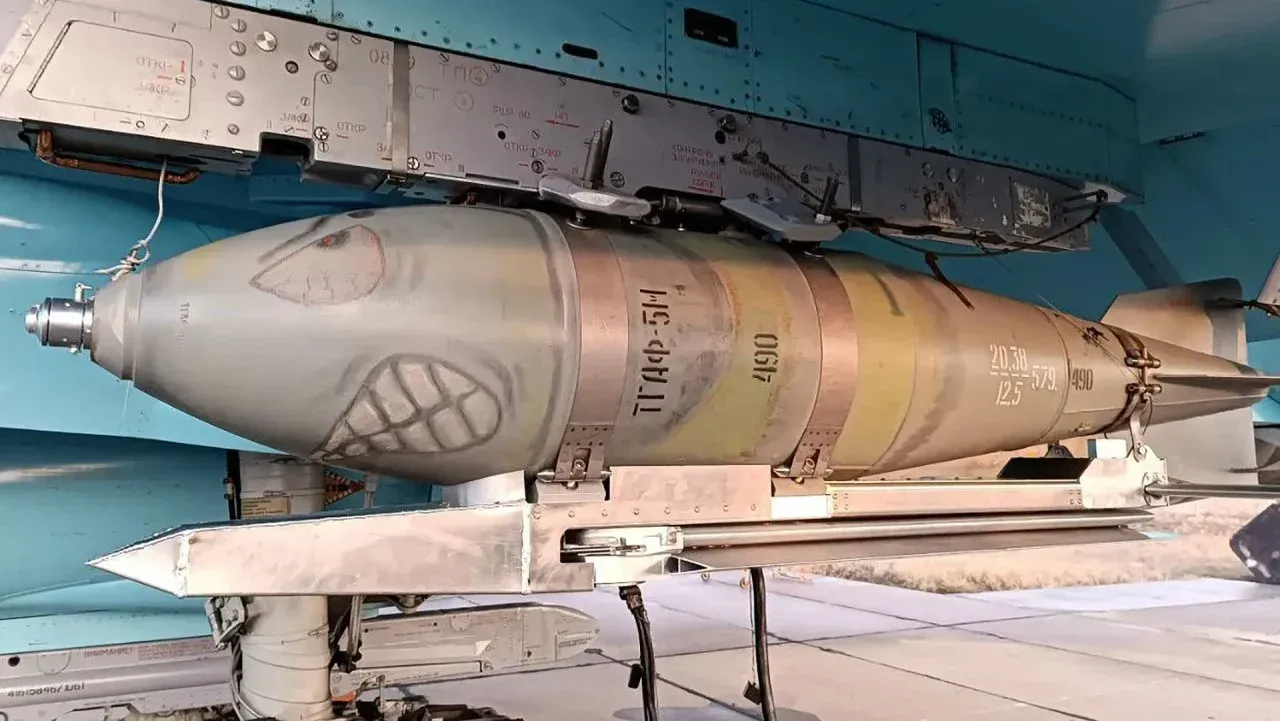Immediately after the start of the full-scale war, Ukraine showed Russia that it could not hope to limit the theatre of operations to the territory of our country.
And today, Russians should probably no longer be surprised by the arrival of Ukrainian drones in Tatarstan, where the drones struck at important to the military-industrial complex facilities of the Russian Federation. Before that, many of them had seen and experienced the power of our weapons in many other places, especially on the Russian border.
Belgorod receives an “answer”
Belgorod region is particularly affected today. It is from there that the enemy most often fires missiles, attacks UAVs, and, more recently, KABs and FABs at the Ukrainian city of one million people in Kharkiv, and, accordingly, receives retaliatory strikes, or, in Russian, “answer.” This word has already become a staple in the vocabulary of residents, who are now well aware that after a strike on Kharkiv, something may come to the Belgorod region.
But the danger for them is not only in such “responses”. After Russia began using heavy, high-explosive and adapted aircraft bombs in the bombing of Ukraine, many of these weapons became “dumpers,” meaning that the planes simply “lost” these bombs shortly after takeoff and they fell on the heads of the residents of the Belgorod region.
In the last two weeks alone, Russian aviation has dropped 16 heavy munitions on the region in this way. In particular, two FAB-500 bombs were recently found near the village of Nina, and another near the village of Kryukove, which is 20 kilometers from the border with the Kharkiv region of Ukraine. On March 28, a corrected KAB-1500 bomb weighing 1.5 tons of TNT equivalent was found between the villages of Bessonivka and Vesela Lopan, “dropped” by a Russian bomber.
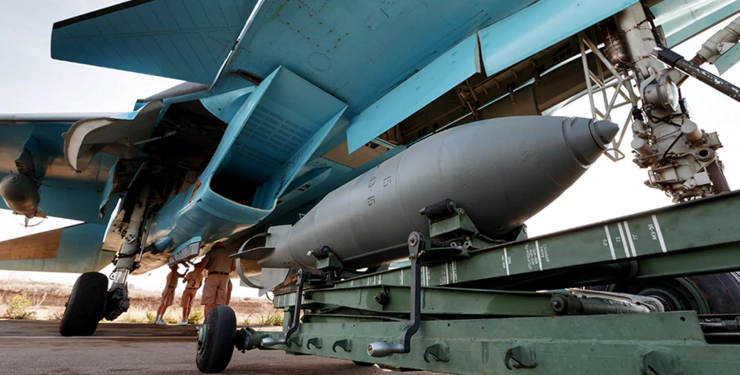
On March 12, the Belgorod region, and not only, became the site of a new joint operation of Russian volunteer units, including the Legion of Freedom of Russia, the Russian Volunteer Corps, and the Siberian Battalion, fighting on the side of Ukraine and aiming to liberate Russia from the Putin regime.
“We are coming to liberate you from poverty, misery and dictatorship,”
the Legion said in a video statement to the residents of the region.
Ukrainian military experts believe that the location of the volunteers’ operations was not chosen by chance, as the border areas could serve as a deployment site for the Russian army in the event of a new offensive in the Kharkiv and Sumy regions.
As a result, local authorities were forced to restrict access to some settlements and set up checkpoints for police, Rosgvardia and the Russian Defense Ministry. However, this was not enough to protect them, and the authorities of the Belgorod region stated that they were forced to evacuate children from the border settlements of the region to various regions of the Russian Federation, which is still ongoing.
Interestingly, the decision to relocate civilians was also supported by Russian volunteer units. In a joint statement, they called on the governors of the Belgorod and Kursk regions to speed up the evacuation of civilians and also said that pro-Kremlin forces were using civilians as human shields.
“Shut up, you bastards!”
Of course, such information is taboo in the central Russian media, as it contradicts the main narratives of Kremlin propaganda about the success of the so-called “special military operation” (SMO) and the strength of Russian air defense.
This angered Belgorod residents to the point that phrases like “Belgorod was forgotten in the Kremlin” became common in local media, and social media users began to criticize the central government and central media in chats and comments.
This “aggressiveness” did not go unnoticed by top Russian propagandist Vladimir Solovyov, who has broadcasts on the state-run the Russia-1 TV channel. During one of his programs, he called on people who criticize the government to “shut up” and named them “creatures.”
“There were a lot of different creatures pretending to be bloggers who said: ‘Here, the federal government has forgotten Belgorod, help people! People have nothing, it’s a nightmare, people feel abandoned, how can you! While Moscow is partying, Belgorod is dying!” All of this is vile hysteria, which is immediately picked up by the ‘Ukranian Nazi’ media,”
he said on his show.
The propagandist said that he had visited Belgorod and found out that in December the region was allocated a billion rubles for armor and shelters. “So to all those who are trying to say that the feds have abandoned us: shut up, you bastards!” – Solovyov said. In response, Belgorod residents organized a flash mob, leaving hundreds of comments with insults under the video, which was shared by many local publics on Vkontakte.
Belgorod residents themselves talk about changing their attitude towards the so-called “SMO”, the level of support for which varies depending on how close the region is to the border. After the announcement of mobilization and the counteroffensive by Ukrainian troops, many people tore off propaganda stickers supporting the war from their cars.
It is worth noting that despite the general dissatisfaction with the authorities and the active phase of the operation of Russian volunteers in the border settlements and Belgorod itself, local officials reported a turnout of 87% in the so-called “presidential elections” held in mid-March 2024. That is 14% more than in 2018, and the Kremlin leader was credited with more than 90% of the vote, which, of course, makes one smile.
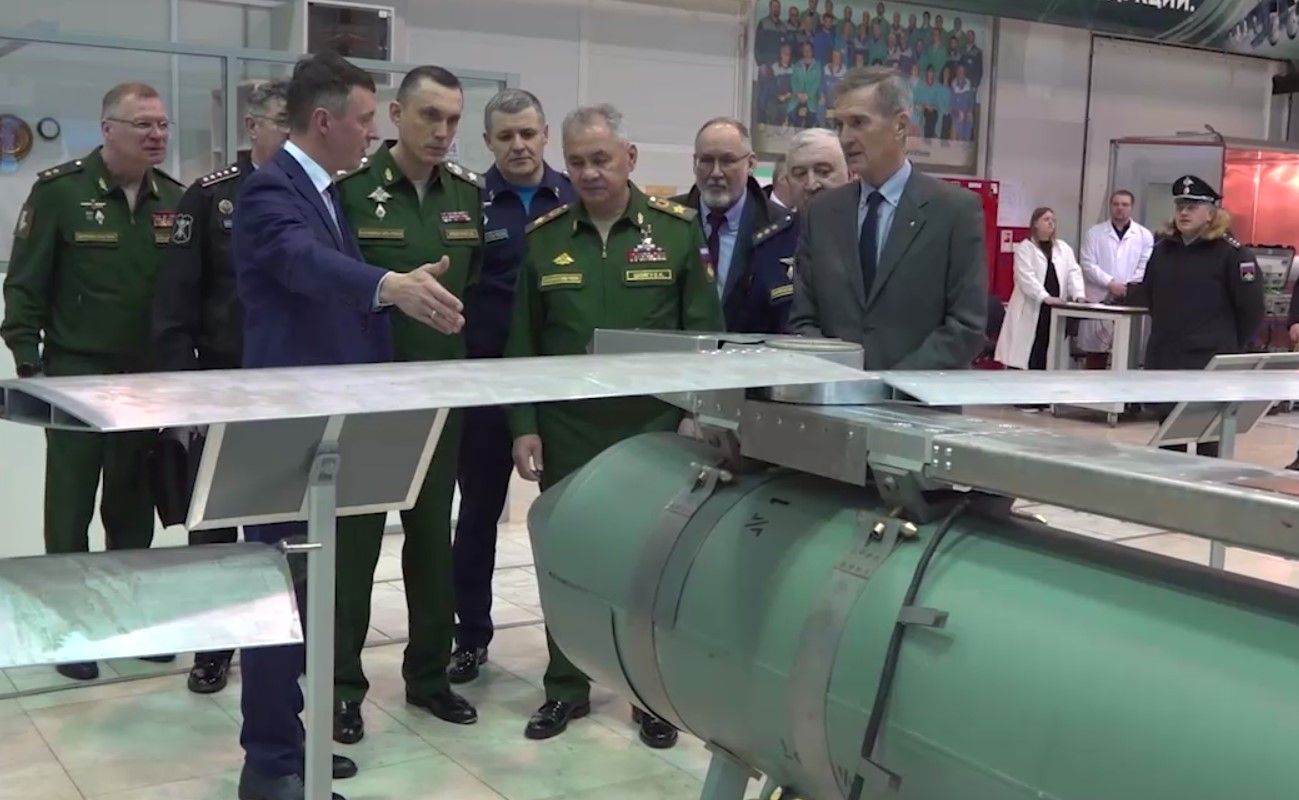
An “orderly” with missiles and bombs
But no matter how much the Kremlin-controlled media hush up the situation in the Belgorod region, what is happening there is very troublesome for the Russian authorities. Otherwise, why would Putin again talk about creating a so-called “sanitary zone” on the territory of Ukraine?
First, he voiced this thesis after Russian volunteer units began to arrive at the border of Russia and actively use UAVs last year, and recently, in March, again after the active phase of the new LFR and RVC operation, he repeated it.
Against the backdrop of these statements, Russia has begun to use more actively heavy high-explosive aircraft bombs, striking at Ukraine’s energy infrastructure, and the topic of creating a “sanitary zone” is being raised by propagandists of various levels and representatives of the highest Russian authorities.
In particular, on March 26, Russian Defense Minister Shoigu stated that no additional mobilization of 300,000 people was needed to create the so-called “sanitary zone” near Belgorod.
Instead, Russian State Duma deputy Andrei Lugovoi, on the same Solovyov’s program on Russia-1 central channel, called for a humanitarian catastrophe in Ukrainian Kharkiv so that all residents would leave.
“They need to be put in their place. Kharkiv needs to be de-energized to the point where it becomes uninhabitable. The 800,000 people who stayed there should get in their cars, walk, carry bales, use carts and head west. And the same should be done with other cities, including Kyiv,”
Andriy Lugovoi said.
This kind of rhetoric is not unusual for Russian television, especially for Kremlin-controlled media, where calls for war crimes to be committed both in Ukraine and in Western countries have become the norm.
In this context, Russia also launched an information wave about the imminent capture of Kharkiv, although Ukrainian intelligence called it an information and psychological operation to scare the population.
“In parallel with this, other things are happening, such as the Belarusian issue, for example, which has become more active again. Or some other issues that the enemy likes to use to stir up panic, particularly within the country. Nothing strategically new has happened in terms of the formation of strike groups,”
said Andriy Yusov, a representative of the Defence Intelligence of Ukraine, during the national telethon.
Nevertheless, the new commander-in-chief of the Armed Forces, Oleksandr Syrskyi, said that the Ukrainian army is monitoring all hostile statements and taking measures to respond adequately to such a possibility. “We already have experience of combat operations in Kharkiv region, we managed to “calculate” the enemy and liberate a significant part of Kharkiv region. It was then that the Russian front collapsed on a large scale. If the Russians move there again, Kharkiv will become a fatal city for them,” said Syrskyi.
Putin’s “re-election” with a record result in the so-called elections in March of this year was supposed to send a signal to the West and to all Russian citizens dissatisfied with the Kremlin’s actions that the government is stronger than ever, and the course chosen to continue waging war with both Ukraine and the West is exactly what all Russians want.
In fact, the more Russians are directly confronted with the impact of the war and the way the government responds to it, the less motivated they are to go to war or support the so-called “SVO,” as evidenced by the residents of Belgorod. This is a problem for the Kremlin, which has expressed its intention to “put 300,000 recruits under the gun” in June.
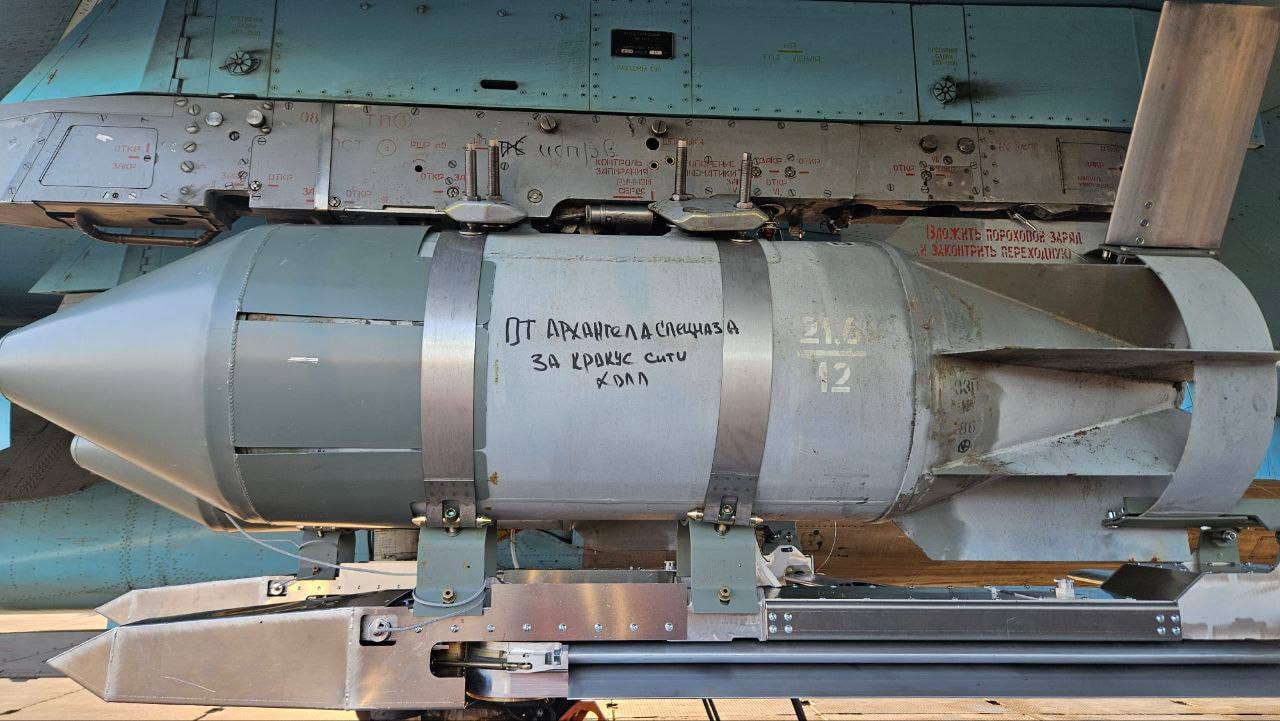
Therefore, all available resources are being used to raise the militant spirit, even accusing Ukraine of financing the terrorist attack in the Crocus City Hall near Moscow. On April 3, the Russian Defense Ministry claimed that “Russian military enlistment offices have recorded a significant increase in the number of people who have applied for contract military service throughout Russia.” After all, this is not the first time Moscow has used the effect of terrorist attacks to mobilize, as it did in 1999.
But the more people in Russia who know about the war not from the stories of Solovyov or Skabeyeva, but have experienced its breath, the more they worry that the “sanitary zone” announced by Putin may appear on their side of the border, the fewer of them will be willing to die for Putin and his henchmen.
